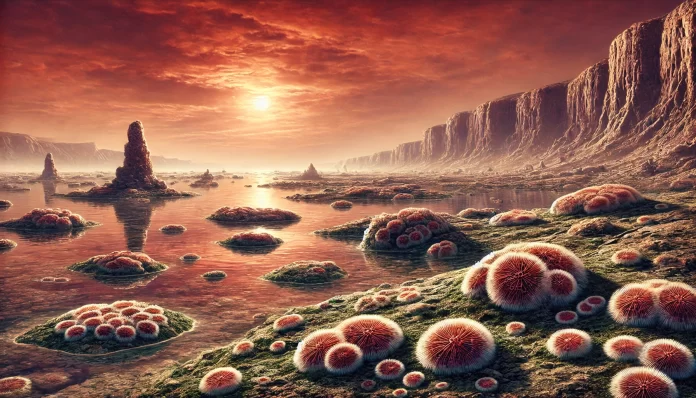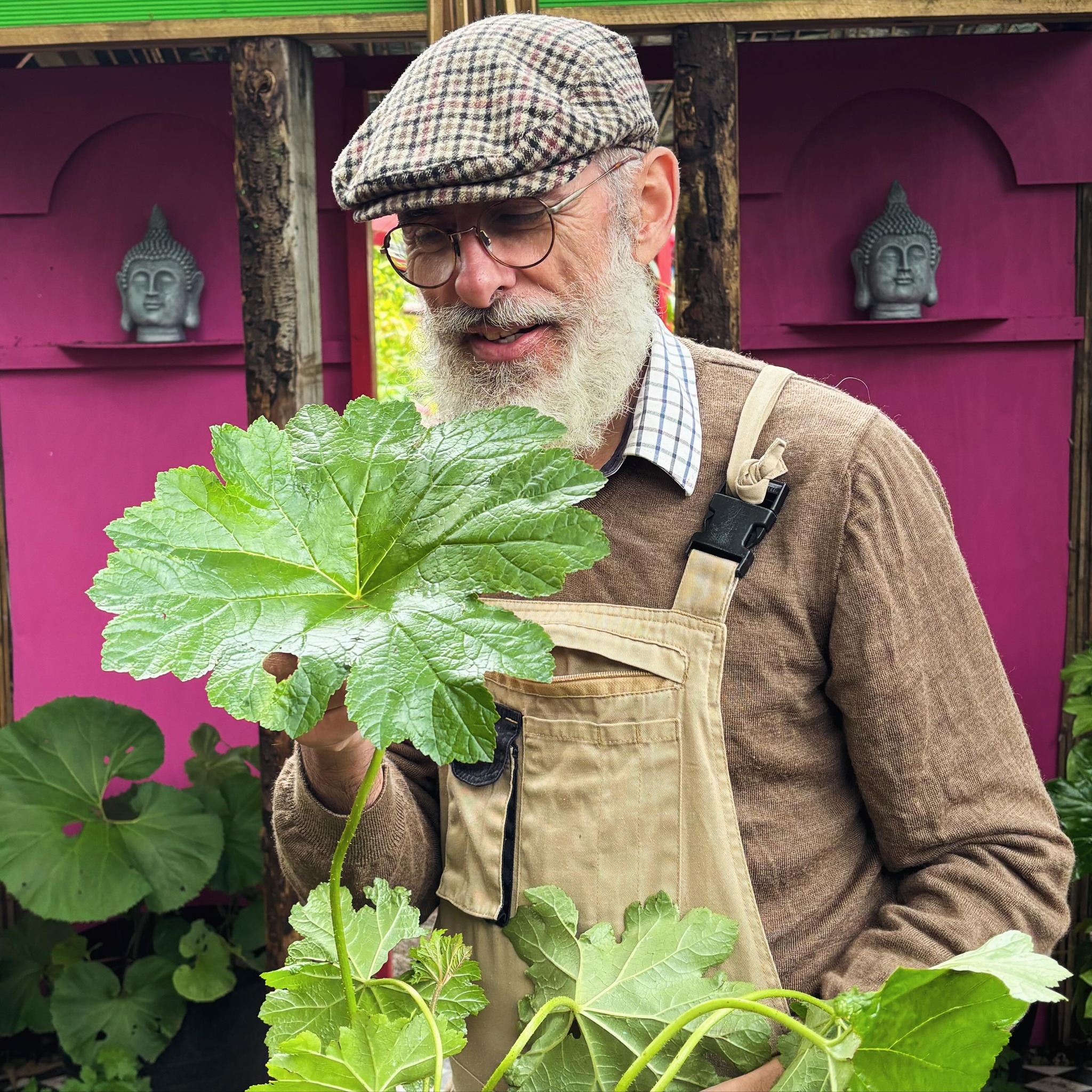Chapter 1: The Origins of Plants
In the beginning, there was no green. For billions of years, Earth was a barren, rocky sphere, its surface shaped by violent volcanic eruptions and the relentless bombardment of meteors. The atmosphere was thick with gases like methane, ammonia, and carbon dioxide, and the land was lifeless. But deep within Earth’s oceans, something extraordinary was stirring: the birth of life itself.
The First Photosynthesizers
Around 3.5 billion years ago, tiny microorganisms called cyanobacteria appeared in Earth’s primordial seas. These simple, single-celled organisms were the first to harness the power of sunlight through a process called photosynthesis. Using sunlight, water, and carbon dioxide, cyanobacteria produced energy and released oxygen as a byproduct.
This seemingly simple innovation was revolutionary—it transformed Earth’s atmosphere and paved the way for complex life. Over millions of years, oxygen levels began to rise, creating conditions suitable for more diverse organisms. Cyanobacteria became the foundation of the planet’s food web, and their photosynthetic abilities set the stage for the evolution of plants.
The Transition to Multicellularity
By around 1.6 billion years ago, single-celled organisms began to form colonies, evolving into the first multicellular life forms. Some of these early organisms, known as algae, floated in Earth’s oceans. Among them were red algae, green algae, and brown algae—the ancestors of modern plants.
Green algae, in particular, were pivotal. Containing the pigment chlorophyll, they captured sunlight more efficiently, giving them a competitive edge. Over time, these organisms diversified and spread throughout Earth’s waters, thriving in shallow seas where sunlight was abundant.
The Move to Land
About 500 million years ago, some green algae made a daring leap: they ventured onto land. Earth’s landmasses, devoid of plant life, offered untapped resources—sunlight, carbon dioxide, and minerals in the soil. But the land was harsh. These early pioneers faced challenges such as drying out, UV radiation, and the lack of buoyant support that water provided.
Through countless generations of adaptation, some green algae evolved into the first true plants: bryophytes, the ancestors of today’s mosses and liverworts. They were small, simple, and clung to damp environments where water was still abundant.
Building the Green World
The evolution of vascular tissue—specialized structures for transporting water and nutrients—allowed plants to grow larger and colonize drier areas. Around 420 million years ago, the first vascular plants, like Cooksonia, emerged. These plants had stems but no leaves or roots and relied on spores for reproduction.
From these humble beginnings, plants began to conquer the land. Forests of giant ferns, horsetails, and clubmosses dominated the Carboniferous period, laying down the vast coal deposits we rely on today.
A Foundation for Life
The emergence of plants was a turning point in Earth’s history. By producing oxygen and stabilizing the soil, they created ecosystems where animals and other life forms could thrive. They transformed Earth’s landscapes, turning barren rocks into lush green worlds.
The story of plants is the story of life itself—of survival, adaptation, and the power of sunlight to shape a planet.
The next chapter – The Rise of the Forests




